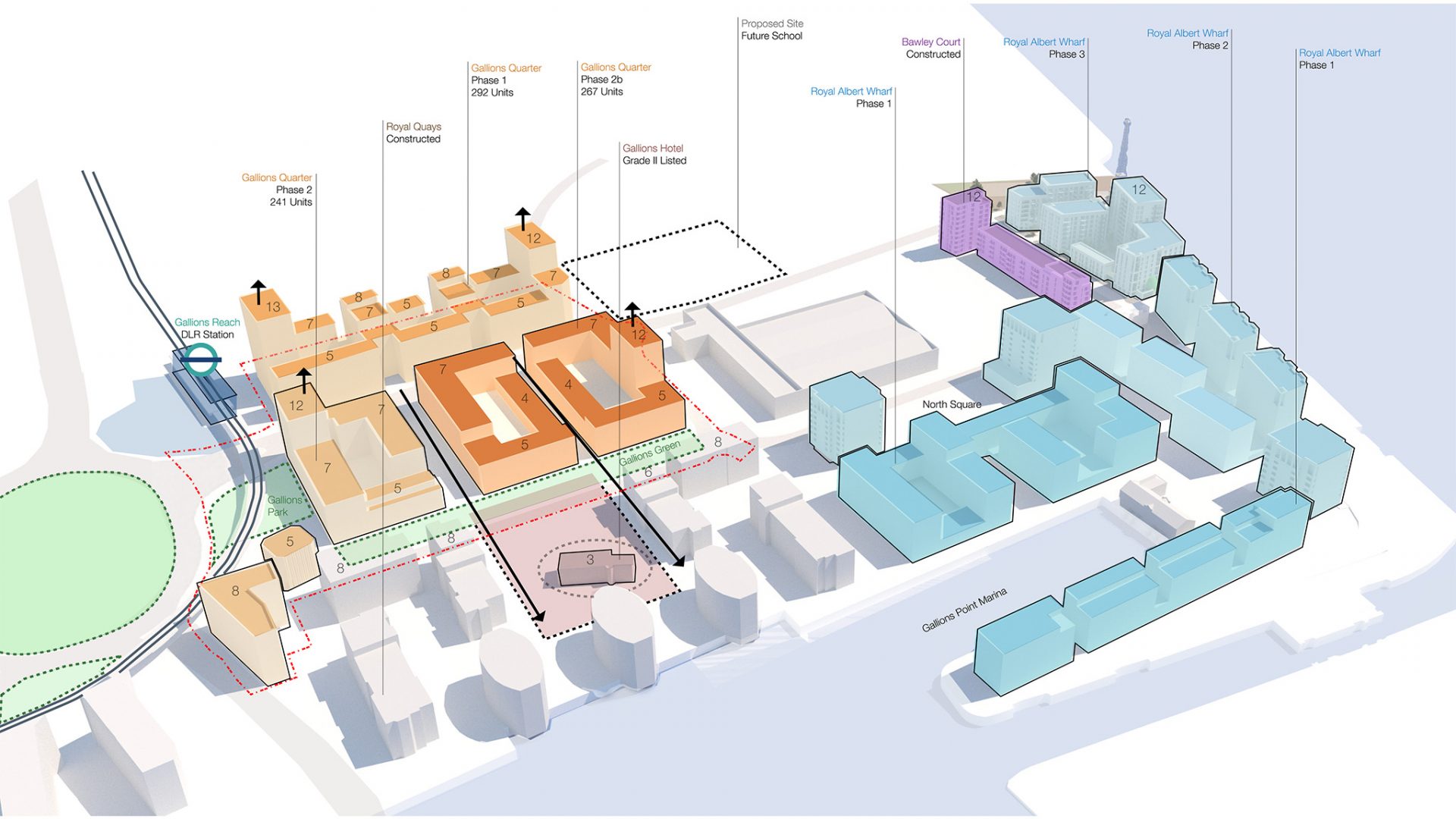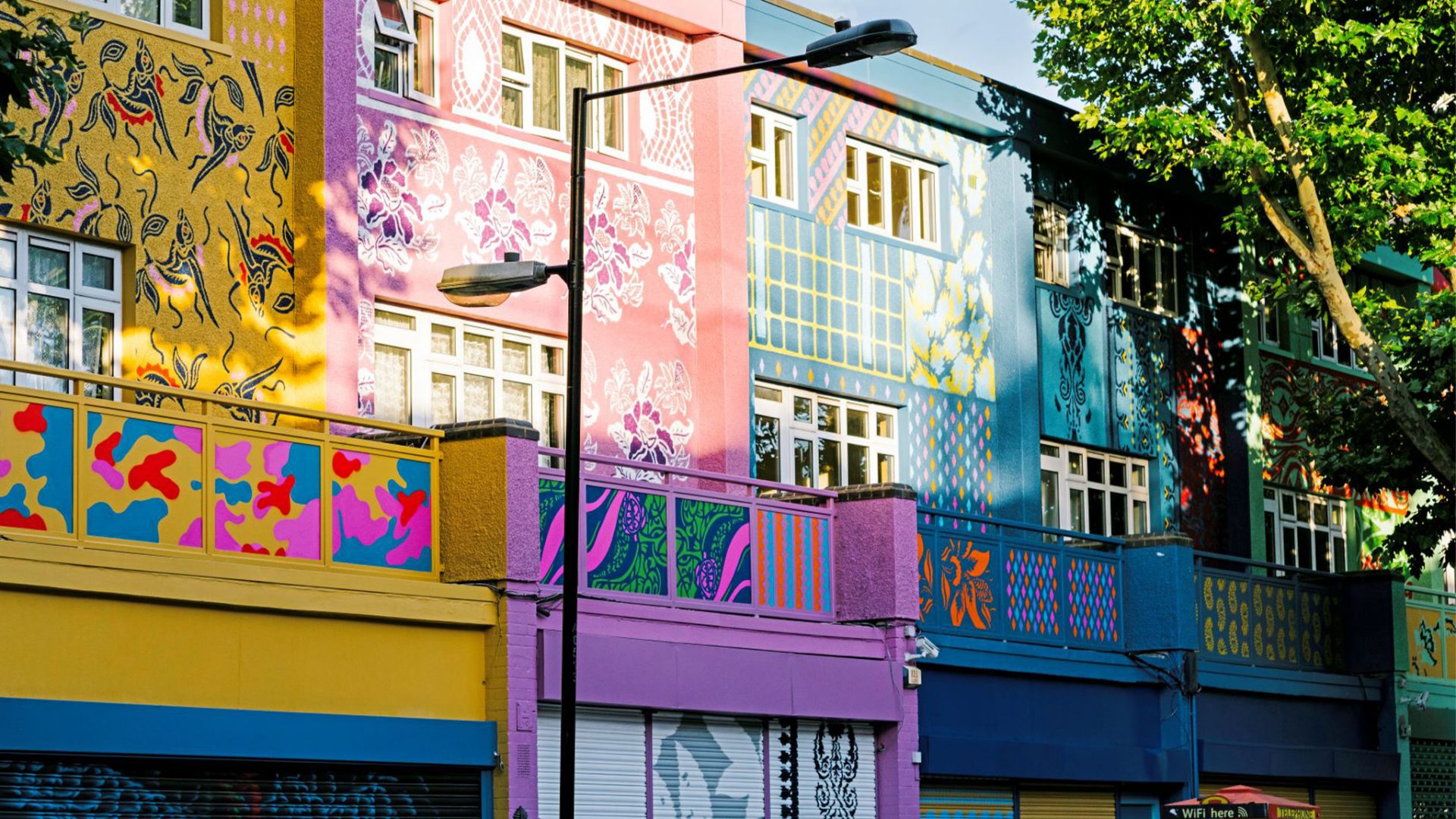- David Ogunmuyiwa is founder of ArchitectureDoingPlace. He is unique in the UK having worked as an estate officer for social landlords including Lambeth, Southwark, Tower Hamlets and Circle 33, before retraining as an architect. He is also a member of our curation panel. In this essay he shares his thoughts on our 2019 theme of boundaries.
 Over the 2019 festival year, I’m excited to see London’s architectural speculations, interpretations and contradictions around the theme of boundaries. Especially the contradictions.
Over the 2019 festival year, I’m excited to see London’s architectural speculations, interpretations and contradictions around the theme of boundaries. Especially the contradictions.
Writers from Jane Jacobs to Ta-Nehisi Coates, from Walter Benjamin to Georges Perec, from Italo Calvino to Walter Mosley to Jorge Luis Borges, from Elizabeth Denby to Henri Lefebvre to William H. Whyte, describe how our shared built environment shapes each of us inescapably. Particularly inescapably.
To me, ‘Boundaries’ also contains a quiet anxiety about limitations. The theme implies a territory on which a delineation can be drawn. Where do we set the mark and whose datum is it? Diasporas and historians are familiar with straight lines casually ruled across meandering land forms on a map; establishing arbitrary administrative boundaries. Londoners are part of a broad and heterogeneous urban pageant. Where are those boundaries in London? Where are those boundaries permeable? Where do we feel comfortable for them to exist, and where do we not? Bearing witness, these boundaries reveal London to itself. An essential revelation.
Our day-to-day physical experience of London is defined by what is designed and what is undesigned, and also, by extension, who designs it. Architecture being in so many ways foundational to our lives, and often a prosthetic extension to who we are as communities and a society, makes me eager to see who typically contributes to its authorship and how that is fundamentally different from 100 years ago at the end of the First World War; Or not. Over the 2019 London Festival of Architecture programme, I look forward to entries that question boundaries around access, and questions like “who designs London in 2019?”.






